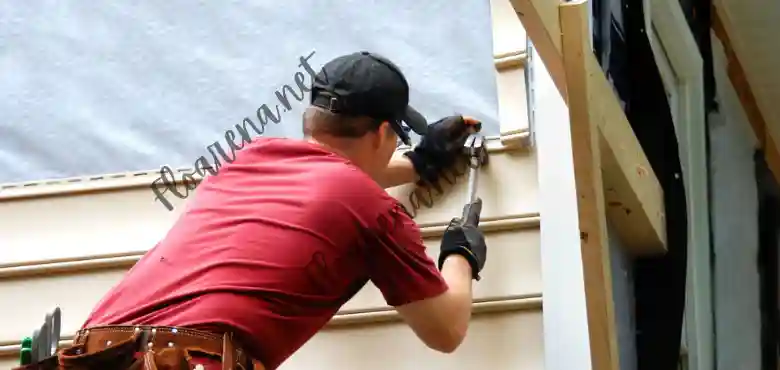Vertical siding can transform the exterior of a home. It provides a dynamic aesthetic and functional benefits. But its installation demands precision and attention to detail. Whether you’re considering a DIY project or overseeing a professional job. Understanding the best practices and common siding installation pitfalls is key.
Let’s dissect the dos and don’ts of installing vertical siding on house. Let’s dive into how it helps you achieve a stunning result that is as resilient as it is beautiful.
Do: Proper Planning and Preparation
Before diving into vertical siding installation, it’s crucial to plan and prepare. This includes measuring the area for accurate material estimation. Make sure to consider the type of siding and its compatibility with your climate.
You should also ensure proper surface preparation. Inspecting the structure for potential issues is crucial. This includes looking for rot or moisture damage before installing new siding.
Do: Choosing the Right Materials
Vertical siding comes in various materials, such as vinyl, wood, fiber cement, and metal. Each type has its unique properties and benefits. It’s important to choose one that suits your needs and budget.
For example, vinyl is low maintenance and affordable. But may not offer the same durability as fiber cement or metal. Make sure to research the pros and cons of each material before making a decision.
Do: Ensure Proper Alignment and Spacing
Correct placement and spacing of vertical siding are essential. It ensures a polished and high-quality installation. This involves verifying the levelness and straightness of the starter strip.
It also uses a chalk line to establish guidelines for the initial row of siding. It also ensures upholding uniform spacing between panels. If necessary, seek guidance from a professional siding contractor. They have the necessary tools and expertise to handle this step.
Don’t: Neglecting Weather Conditions
It’s important to consider the weather conditions before and during vertical siding installation. Extreme temperatures, high winds, or rain can all affect the adhesion and performance of the siding. It’s best to avoid installing siding in extreme weather and ensure the surface is dry before beginning installation.
Don’t: Rush the Installation Process
Installing vertical siding takes time and precision, so it’s essential not to rush the process. This includes measuring and accurate panel cutting. panel alignment, and securely nailing them in place. Rushing can result in mistakes or a shoddy appearance that will affect the integrity of the siding.
Don’t: Ignoring Maintenance and Finishing Touches
Vertical siding maintenance and finishing touches ensure its longevity. This includes cleaning the surface, inspecting for any damage or wear, and addressing it.
Make sure to add trim pieces and caulk any gaps between panels. It enhances the appearance and protects against water infiltration.
The Lasting Impact of Vertical Siding on House
Opting for vertical siding on house enhances both its aesthetics and functionality. Make sure to map out a solid plan and select quality materials. Take the time to understand common siding mounting precautions. This ensures you have the power to elevate your home’s curb appeal.
Consistent upkeep and thorough inspections are crucial in maintaining the siding’s resilience. Dive into these expert tips to master your vertical siding project. It also creates a lasting and chic upgrade that boosts your property’s value.
Head over to our blog for more interesting reads.






